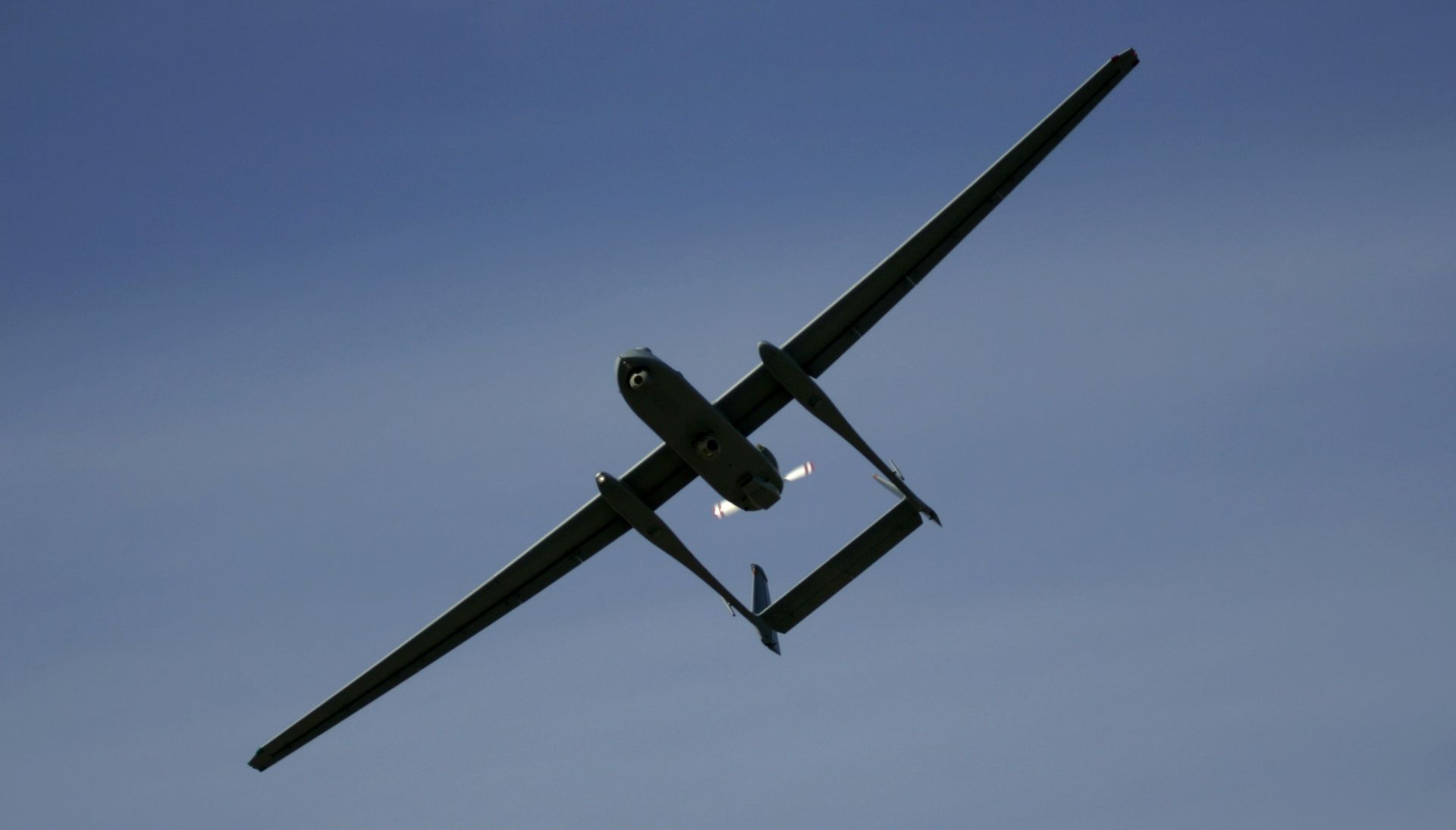JUST IN: Rapid Delivery Top Priority for Pentagon, Partners
Shyu
Defense Dept. photo
HONOLULU — The security of the Indo-Pacific relies not only on partnerships and allies but a collective effort to rapidly deliver the capabilities required to achieve it, a top Pentagon official said.
Heidi Shyu, undersecretary of defense for research and engineering, said a common commitment exists between partners in the Indo-Pacific to “rapidly deliver innovative tech capabilities for the security” of the region.
“As we navigate the challenges of a highly unstable geopolitical environment, the power of alliances and partnerships becomes ever more critical,” Shyu said during a keynote speech at the National Defense Industrial Association’s Pacific Operational Science and Technology Conference March 4. “We must maintain our military advantage across a very broad spectrum of conflicts.” Doing so requires urgency, she added.
“The DoD cannot afford for useful research to languish in the laboratories, for bureaucratic processes to prevent engagement with innovative private companies or to allow old paradigms to prevent collaboration with some of our most trusted partners,” she said.
Shyu highlighted efforts underway within the Defense Department for “less than two and a half years” that have “already accelerated to transitioning of feasibilities to the warfighter.”
One such effort is the Rapid Defense Experimentation Reserve, or RDER, launched in 2021. RDER is a campaign of experimentation and exercises “that accelerates technology from prototypes to validate military capability,” Shyu said. The program works closely with the services, the combatant commands, the joint staff and industry partners to focus on areas that are crucial to joint warfighting capabilities in a highly contested environment.
Areas of focus include multi-domain command and control, enabling joint fires from disparate platforms, enabling logistics in a contested environment and achieving information advantage through resilient communications, Shyu said.
She said the process draws on the strength of iterative feedback loops between warfighters and technologists throughout the test and experimentation phase.
“As demonstrated in Ukraine, the ability to quickly adopt emerging technologies is accelerated through rapid prototyping and fast iterations of development between the technologist and the warfighter,” she said. “While commercially available components are crucial building blocks, often the systems need to be tailored for military-specific use. … This is exactly what we’re doing through RDER and our rapid prototyping process.”
RDER uses agile development methods together with industry to accelerate the transition of critical capabilities by two to four years as compared to the traditional capability development process, she said.
The first step in the process is what is called Technology Readiness Experimentation, which last year focused on unmanned surface vehicles, loitering munitions, resilient communications and decoys. The experimentation validated the technological maturity of the systems and their readiness to go into exercises such as Northern Edge, she said.
She called the process “a perfect mechanism for people to continuously test capabilities” and provide feedback directly to industry. “Your stuff is really cool. But as soon as we drop it, it shatters and breaks. You need to make them more robust. Soldiers will drop things.”
Another area Shyu highlighted was the importance of onshoring for the production of cutting-edge microchips, “the cornerstone for technological advancement.” In what Shyu described as a significant move to strengthen domestic microelectronics capability, the Defence Department allocated $2 billion as part of the CHIPS and Science Act to establish Microelectronics Commons Hubs, an initiative aimed at reducing dependence on Asian suppliers.
The funding is designated to connect regional organizations through innovation hubs, accelerating transition from laboratory prototypes to fabrication. The Defense Department announced in September 2023 the selection of eight hubs, marking “a pivotal step in fostering innovation,” Shyu said.
The hubs are strategically located across the United States and are “set to become the center of expertise and critical technologies areas,” Shyu said. The effort involves 430 organizations and over 100 universities involved in advancing six critical technology areas of microelectronics identified by the Defense Department, including electromagnetic warfare, secure computing at the tactical edge, artificial intelligence hardware, 5G/6G wireless and quantum and commercial “leap-ahead” technologies.
The hubs will serve as a collaborative space and “expedite the development of cutting-edge technologies by bridging the gap between theoretical concepts and practical implementations,” she said.
“Over the last two and half years, the Department of Defense has witnessed a remarkable transformation in its approach to technology development, experimentation and accelerating production to fulfill the capability that’s needed in a joint fight,” Shyu said. “Our enduring advantage derives directly from our nation’s relentless exploration of the endless frontier of scientific knowledge, our invention of technologies from those explorations and our creation of overwhelming capability for our military forces. We continue to invest in the essential technical foundations. We focus on the driving need to create and deploy new capabilities at speed [and] scale.”
Topics: Defense Department




















Discussion about this post